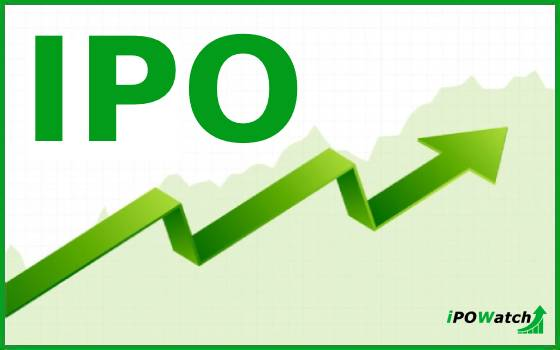The Bombay Stock Exchange Sensei Index, or Sensex, has tumbled 24 per cent since it peaked at 20,869.78 points in early January. Yesterday, it finished at 15,832.55 points.
“We can go down maybe 5 or 10 per cent from here, but it’s difficult to say,” said Ajay Argal, a portfolio manager with Mumbai-based Birla Sun Life AMC Co. Ltd.
“We think the market should come back later [this year].”
The Indian stock market is now “reasonably valued at around 15 times March, 2009 earnings,” compared with 21 times at the peak, Mr. Argal said. “We are expecting earnings growth of around 15 per cent for the coming year.”
Still, a market recovery depends on the global economy, said the manager of the Excel India Fund, which has garnered a robust 33.8-per-cent average annual return for the five years ended March 31.
“If the global situation does not improve, and the U.S. recession is actually not two quarters … and is more like four to six quarters, then it might be difficult,” he said.
“While we believe that India as an economy is decoupled, India as a stock market is not decoupled from global markets. … We cannot escape if there is a softness in the equity markets around the world.”
India’s hot market kept flying higher last fall as its neighbouring Chinese market began imploding in October. But the India market began to slump as foreign investors – some heeding margin calls – began selling in January.
Eric Yan, a manager with Mavrix Fund Management Inc., has a more bearish outlook over the short term.
“I don’t think we are close to a bottom” because India’s market pullback came later than the one in China – now off 43 per cent from its peak – and is more driven by foreign than domestic investors, he said.
While the valuations for Indian stocks have become more attractive with the correction, “it is still one of the highest” relative to other Asian markets, said Mr. Yan, who runs the Mavrix Asia Pacific Fund.
“Asia-Pacific as a whole is trading at 11.8 times 2009 earnings.”
Unlike the Chinese market, which is driven by domestic fundamentals – like consumption or investment – the Indian market has sectors like outsourcing, which are leveraged to European or U.S. growth, he said.
Mr. Yan, who sold his stocks like ICICI Bank and Tata Motors last month and whose fund is zero weight in India, said he is waiting for a “better entry point.”
India’s growth story is still in the early stages – about where China was 15 years ago – and it has a long way to go, said Mr. Yan, whose fund is aimed at playing the Chinese and India growth story.
“The average growth for the past 30 years is something like 5.8 per cent [for India] compared with 9.6 per cent for China. … That means there is a lot of potential.”
Arthur Budaghyan, managing editor for emerging markets strategy at BCA Research in Montreal, said that India is not one of his favourite markets for the next few months.
“Our baseline scenario is that the emerging-markets selloff is in the late stages, and [stock] prices will be higher in four, five or six months,” he said. “India is not the market to buy because it won’t give you the most return.”
The reason is a result of inflation driven by higher food prices, Mr. Budaghyan said. “That is the biggest risk to India … rather than a U.S. recession or credit market problems.”
Inflation is likely to surprise on the upside this year, and monetary policy will remain tight, Mr. Budaghyan indicated. “Rising inflation is generally a negative environment for stock prices …
“India has had, and still has one of the highest valuations within the emerging markets, so it’s a problem.”
Courtesy: theglobeandmail.com










